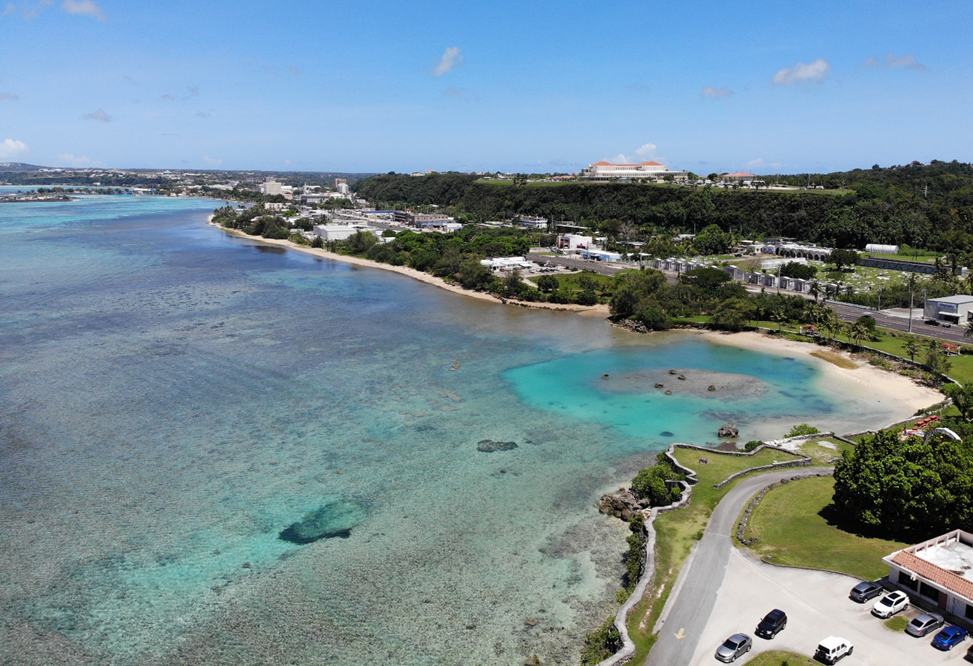The Socioeconomic Component of the National Coral Reef Monitoring Program (NCRMP) gathers and monitors a collection of socioeconomic data in seven U.S. coral jurisdictions. The team continued its second monitoring cycle with data collection in Guam in 2023 and recently released their report of summary findings along with two new infographics. The report outlines current human dimensions information relevant to coral reef resources in Guam, as well as trends between the first (2016) and second monitoring cycles. The first infographic focuses solely on the 2023 findings, while the second focuses on trends (available in English and CHamoru). Survey results are representative of the resident population of Guam as a whole and as sub-regions (Northern and Southern).

Household surveys conducted between January and April 2023 in Guam revealed a large majority of residents believe that Guam’s coral reefs are extremely important for coastal protection, food, fisheries, tourism, and human health. More generally, marine resources were extremely important to more than 80 percent of Guam residents with concern by over 35 percent that the condition of marine resources (ocean water quality, fish, live coral, turtles) will worsen over the next ten years. Awareness of threats to coral reefs was generally higher in 2023 than in 2016 with over half of residents in 2023 believing coral bleaching, marine litter, and water run off pollution (i.e., stormwater, wastewater, chemical, soil run off, and ocean acidification) were severe threats to coral reefs. There was large support for management strategies including new requirements for improved wastewater treatment, establishing certification requirements for tour operators, and creating new marine protected areas (MPAs). The majority of residents were familiar with existing MPAs or marine preserves in Guam with over 75 percent believing they have led to improved coral reef protection. On an individual level, a majority of Guam residents participated in marine-based activities and over 90 percent of residents consumed seafood in at least some of their meals, with almost 70 percent of those residents consuming locally-sourced seafood. And finally, almost 80 percent of residents believe it is extremely important for Guam residents to engage in activities that help protect coral reefs with a large percentage taking actions themselves.
In general, the results indicate that Guam residents have important human connections to coral reefs and rely on these ecosystems for a variety of cultural and socioeconomic benefits. As each monitoring cycle takes between five and seven years to complete, Guam residents are targeted for surveying again in 2030.
For more information and links to access and download the full publication and infographics, please visit: https://coralreef.noaa.gov/aboutcrcp/news/featuredstories/oct24/NCRMP-socio-guam-23.html
The NCRMP Socioeconomic team is currently busy drafting products and analyzing data from the 2024 Commonwealth of The Northern Mariana Islands survey, planning data collection for the U.S. Virgin Islands in 2025, and preparing for the third round of data collection that will begin in Florida in 2026.
